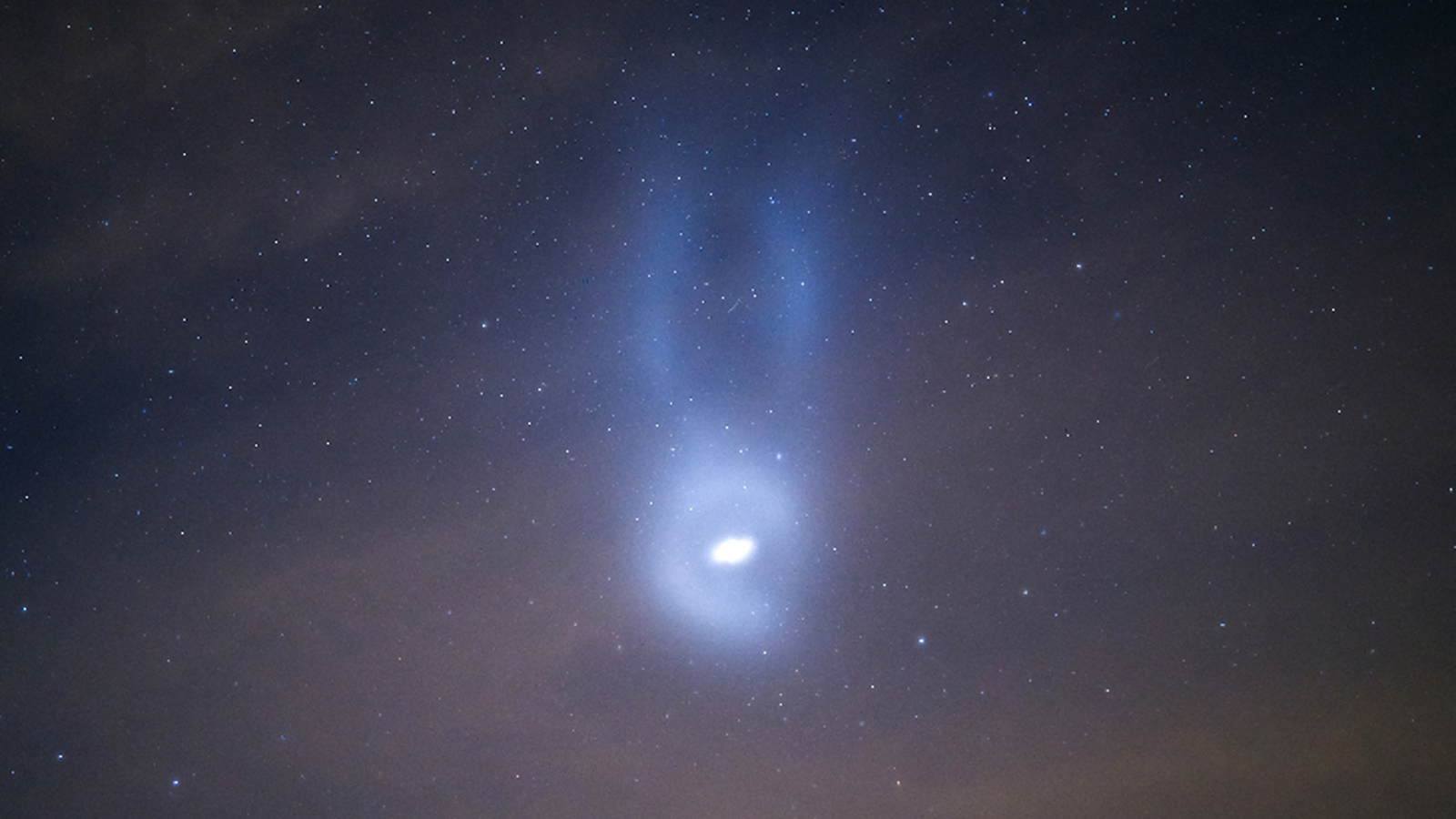IJMS, Vol. 24, Pages 2328: A Mission to Mars: Prediction of GCR Doses and Comparison with Astronaut Dose Limits
International Journal of Molecular Sciences doi: 10.3390/ijms24032328
Authors: Ricardo L. Ramos Mario P. Carante Alfredo Ferrari Paola Sala Valerio Vercesi Francesca Ballarini
Long-term human space missions such as a future journey to Mars could be characterized by several hazards, among which radiation is one the highest-priority problems for astronaut health. In this work, exploiting a pre-existing interface between the BIANCA biophysical model and the FLUKA Monte Carlo transport code, a study was performed to calculate astronaut absorbed doses and equivalent doses following GCR exposure under different shielding conditions. More specifically, the interface with BIANCA allowed us to calculate both the RBE for cell survival, which is related to non-cancer effects, and that for chromosome aberrations, related to the induction of stochastic effects, including cancer. The results were then compared with cancer and non-cancer astronaut dose limits. Concerning the stochastic effects, the equivalent doses calculated by multiplying the absorbed dose by the RBE for chromosome aberrations (“high-dose method”) were similar to those calculated using the Q-values recommended by ICRP. For a 650-day mission at solar minimum (representative of a possible Mars mission scenario), the obtained values are always lower than the career limit recommended by ICRP (1 Sv), but higher than the limit of 600 mSv recently adopted by NASA. The comparison with the JAXA limits is more complex, since they are age and sex dependent. Concerning the deterministic limits, even for a 650-day mission at solar minimum, the values obtained by multiplying the absorbed dose by the RBE for cell survival are largely below the limits established by the various space agencies. Following this work, BIANCA, interfaced with an MC transport code such as FLUKA, can now predict RBE values for cell death and chromosome aberrations following GCR exposure. More generally, both at solar minimum and at solar maximum, shielding of 10 g/cm2 Al seems to be a better choice than 20 g/cm2 for astronaut protection against GCR.

 1 year ago
24
1 year ago
24


